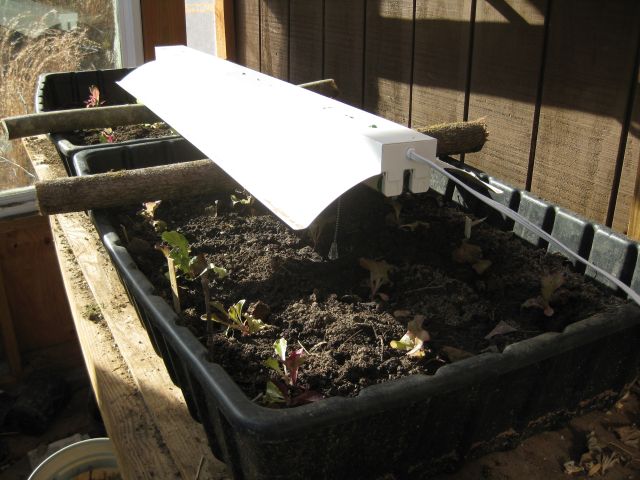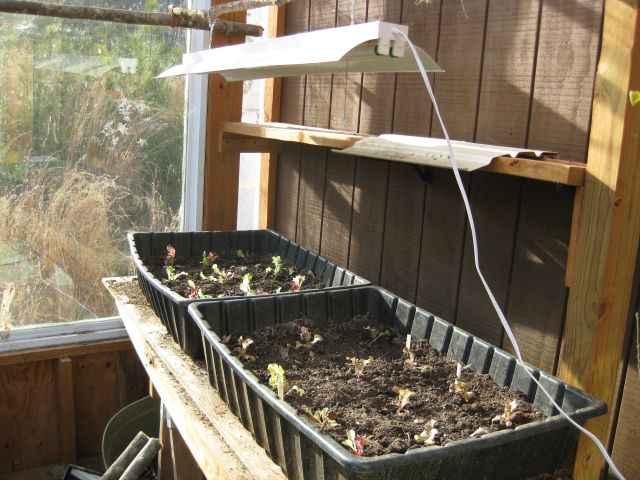I was aware of but didn’t not pay much attention to the long-day and short-day preferences of certain vegetables. I knew that with onions, since I live in the south, I needed to grow the short-day variety. But that was it – until recently. In spring last year I had a lot of success with radishes and beets and so this past fall I seeded the ground again with radishes, beets and, for good measure, turnips. Only the turnips grew, excepting a couple of sorry looking beets. Got me wondering. The seed was purchased this year, so it was good, so why were the radishes and beets so reluctant?
I am studying a couple of biology textbooks and reached the chapter on plant sensory systems and “photoperiodism”, which is the response of an organism to the relative lengths of day and night (the “photoperiod”). Radishes, beets, spinach and lettuce are called long-day plants but this is confusing, they are really short-night plants. The distinction is important – the plant is concerned with the length of the night not the length of the day. It would seem this is a distinction of little importance but it does have significance. A short-night plant monitors the length of the night so if sun down is 5pm and sunrise is 8pm producing a night of 15 hours (9 daylight hours), a short-night plant which requires a short night of 10 hours, will not be motivated to germinate, grow or flower. However, if the night is interrupted by a short period of bright light, the plant concludes that this is a short-night, even if darkness returns when the light is snuffed. So, theoretically, half an hour of light interrupting 15 hours of darkness can convince a short-day plant that the time has arrived to grow. If, instead, the plant monitored the length of the day and required say 14 hours of daylight (the converse of 10 hours of night) and there are only 9 daylight hours, I would have to provide an additional 5 hours of light instead of the 0.5 hour of light calculated above.
I have given up on the radishes and beets – hopefully they will get going in spring. But I seeded lettuce indoors (initially 0.75″ seedblocks transferred to 2″ seedblocks) and I germinated spinach seed in the refrigerator, and I would like to get some lettuce and spinach this winter. I have a simple unheated, good sun exposed, greenhouse and I prepared a growing medium of soil and compost and planted out the lettuce soilblocks and germinated spinach seed. To make the long nights short, I decided to use the flourescent lights which I had installed for a neighbor to encourage her chicken to lay eggs in winter. (My chicken keeping days began when my neighbor headed north and gave me her chicken). Chicken need 14 to 16 hours of daylight to be stimulated to lay eggs. I have discontinued this practice for my chicken. To my mind it requires a big effort for a chicken to produce eggs every day or so and I have given my chicken the winter off to recuperate. They have filled out and look good during their wintry vacation.
So, I had available flourescent lighting and an external use 3 prong timer and all that was required was to position the lights and set them to switch on from 12am to 12.30am. Initially I thought I would lay the light holder a few inches above the grow trays thus giving the plants maximum exposure. After pondering this simple solution I realized that if I did this the light holder would block the sunlight and make watering difficult.

So I screwed together a simple beam structure using oak sapling trunks, which was cheaper and more green than buying 2 by 4’s, and it was done. Now I will monitor the growth of the lettuce below the fluorescent tubes compared with lettuce in the cold frame outside and see if there is a difference. A concern I have is that plants respond best to certain light wave-lengths (red light at 660nm) and the flourescent lighting is not the ideal wave-length (500nm – 600nm). Although, importantly it is not the far red spectrum (735 nm) which actually switches off the growth response. So, wait and see if interrupting the night will dupe the short-night vegetables.

